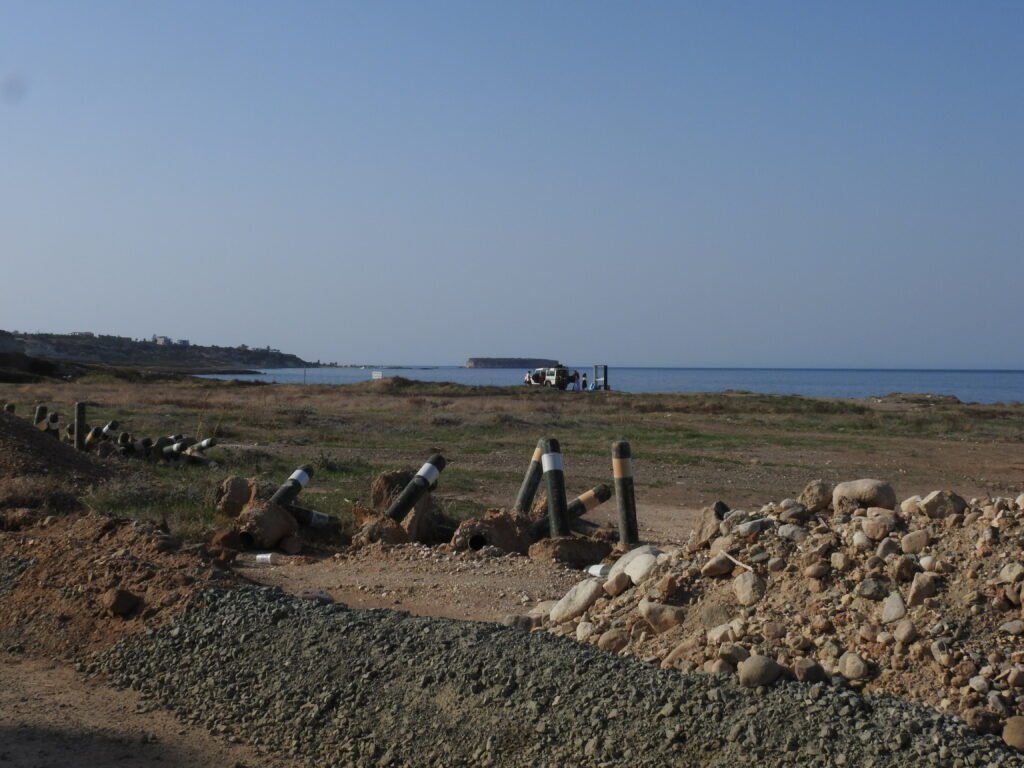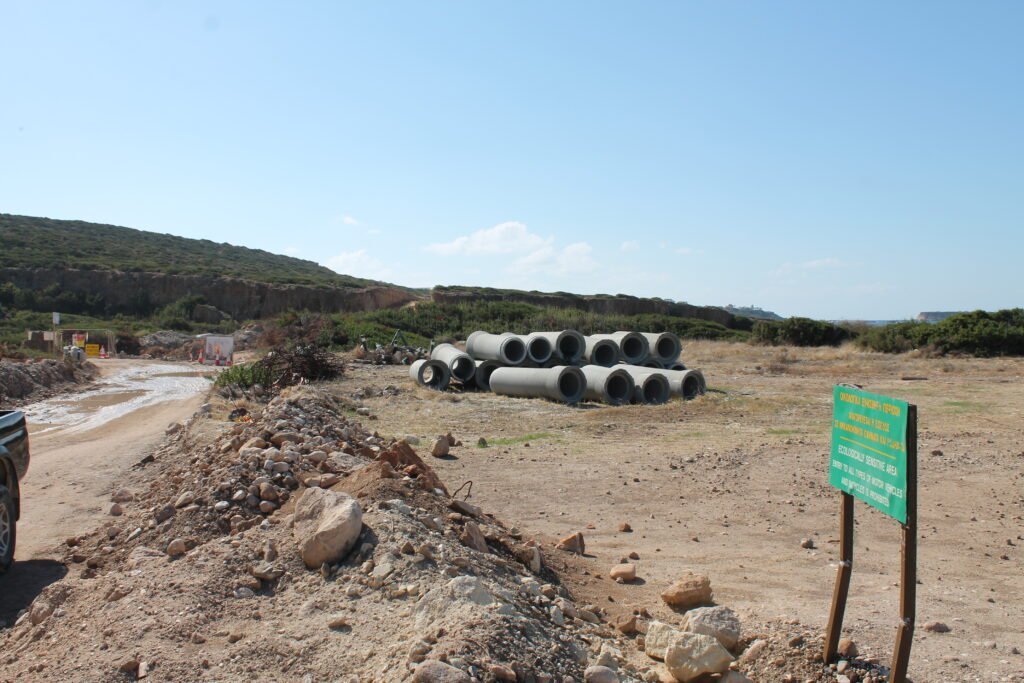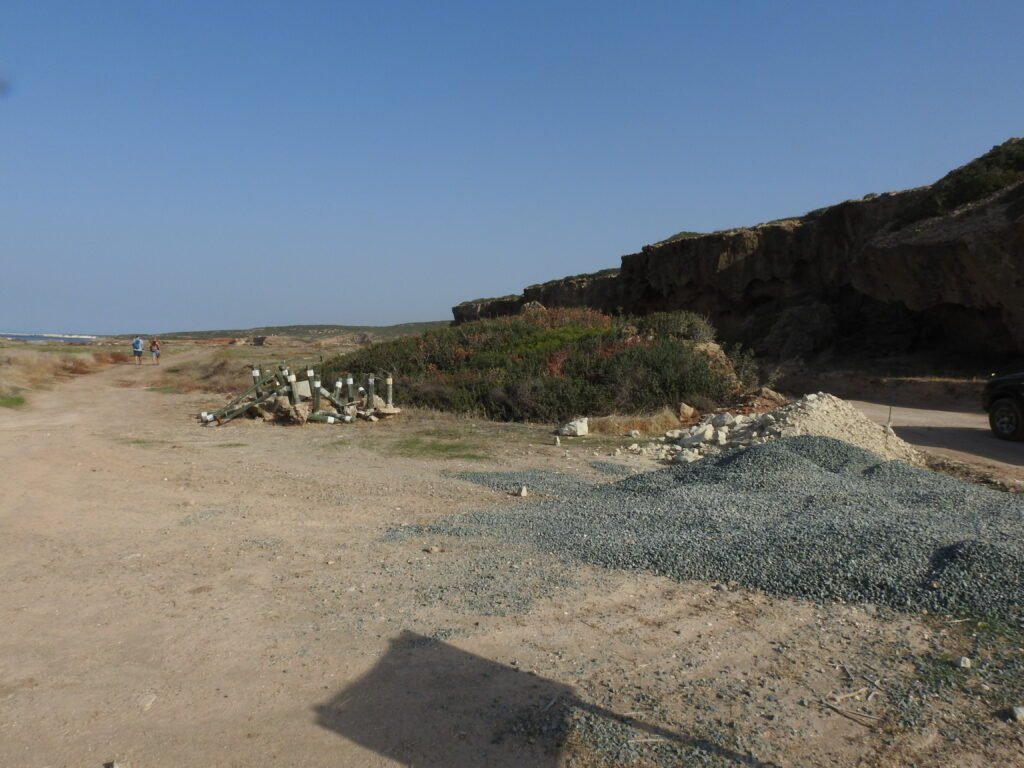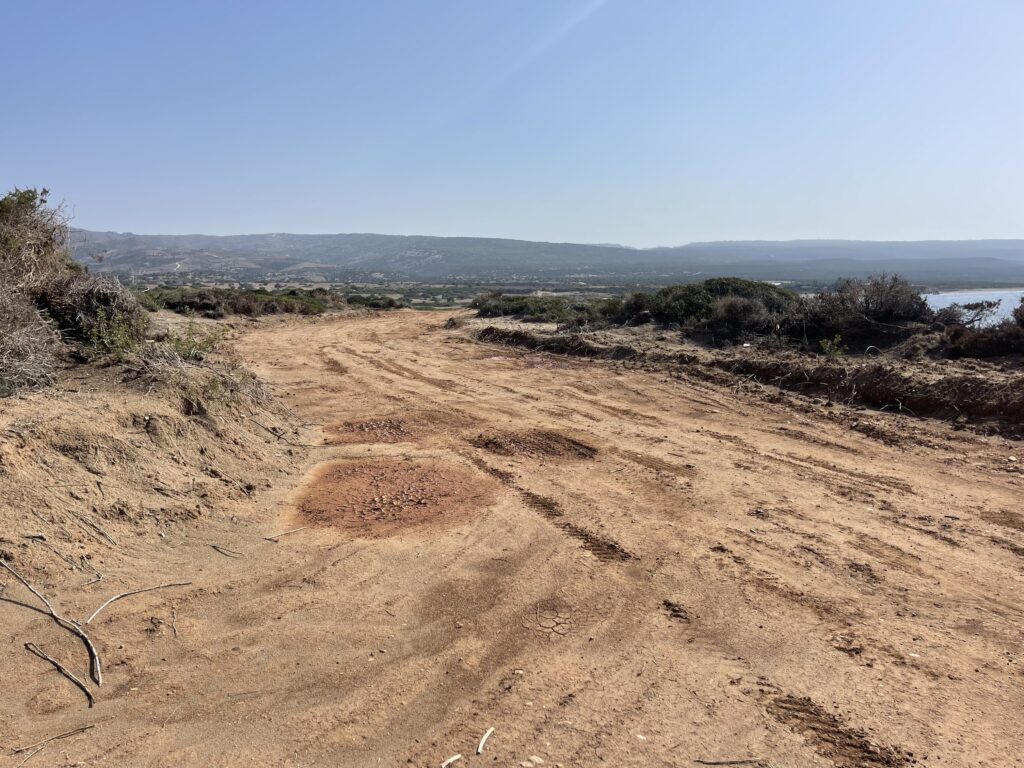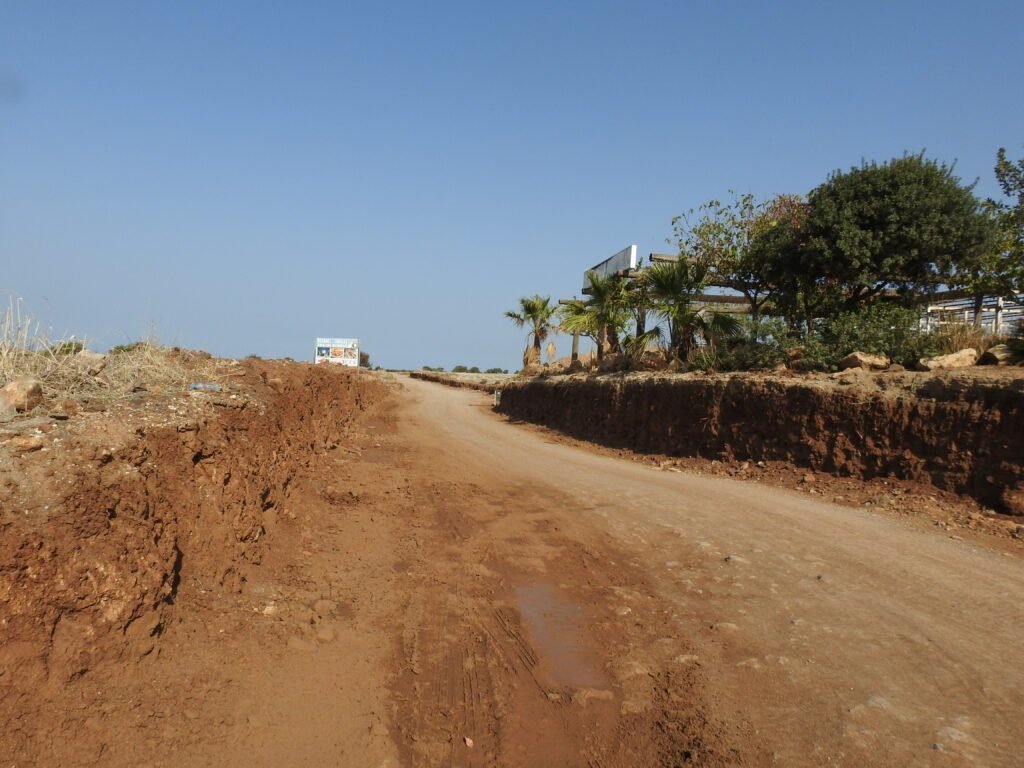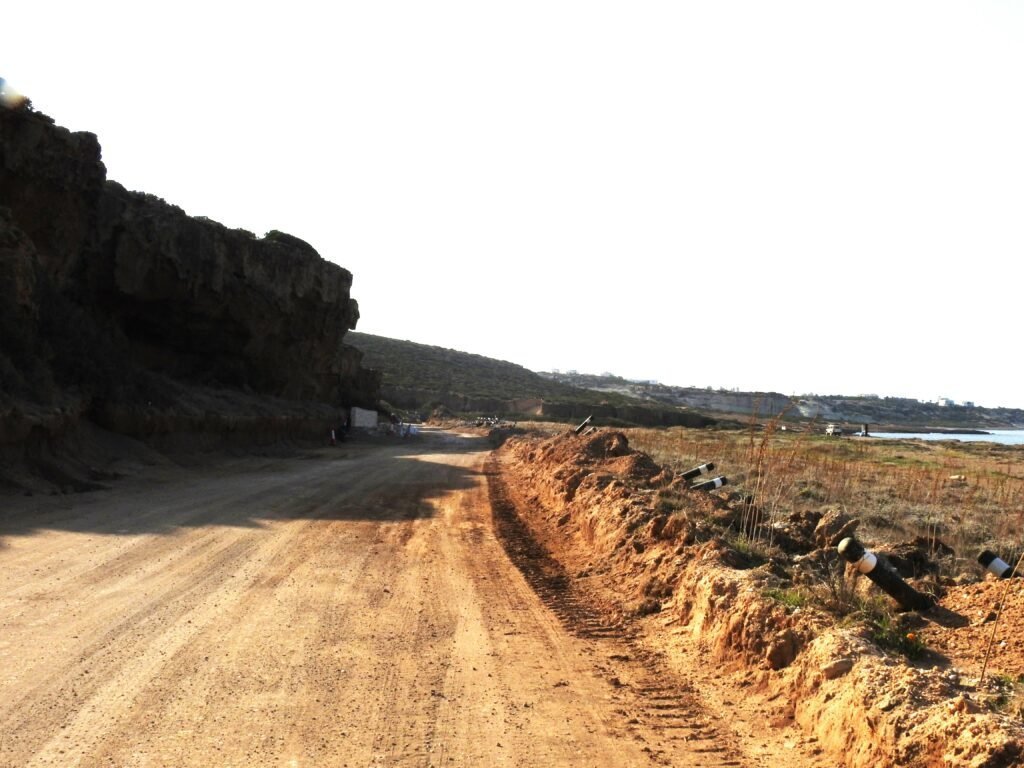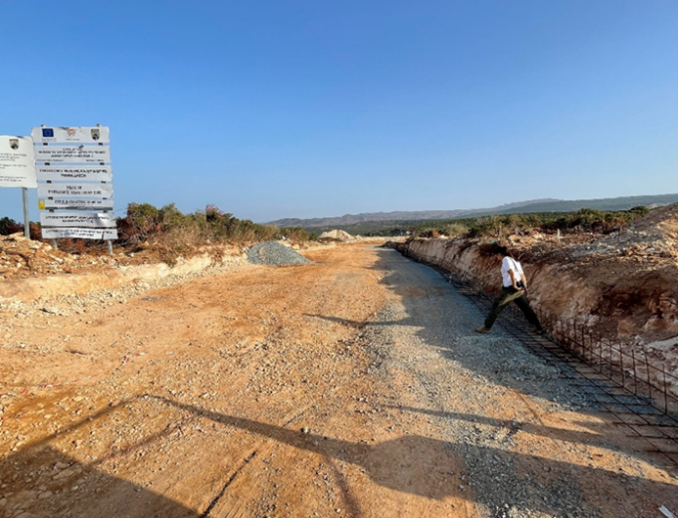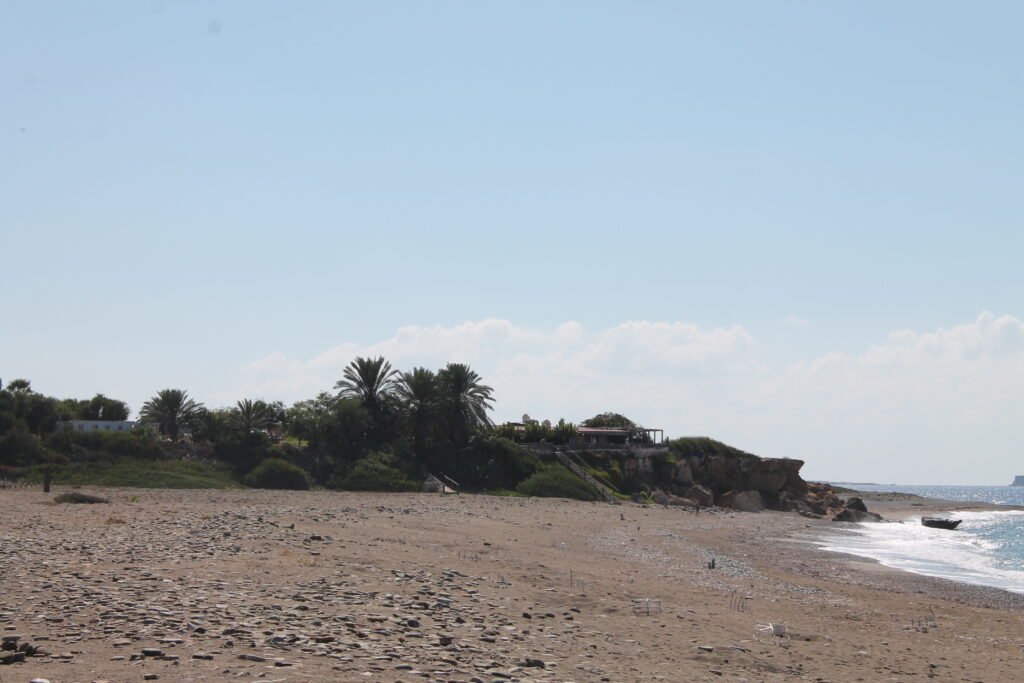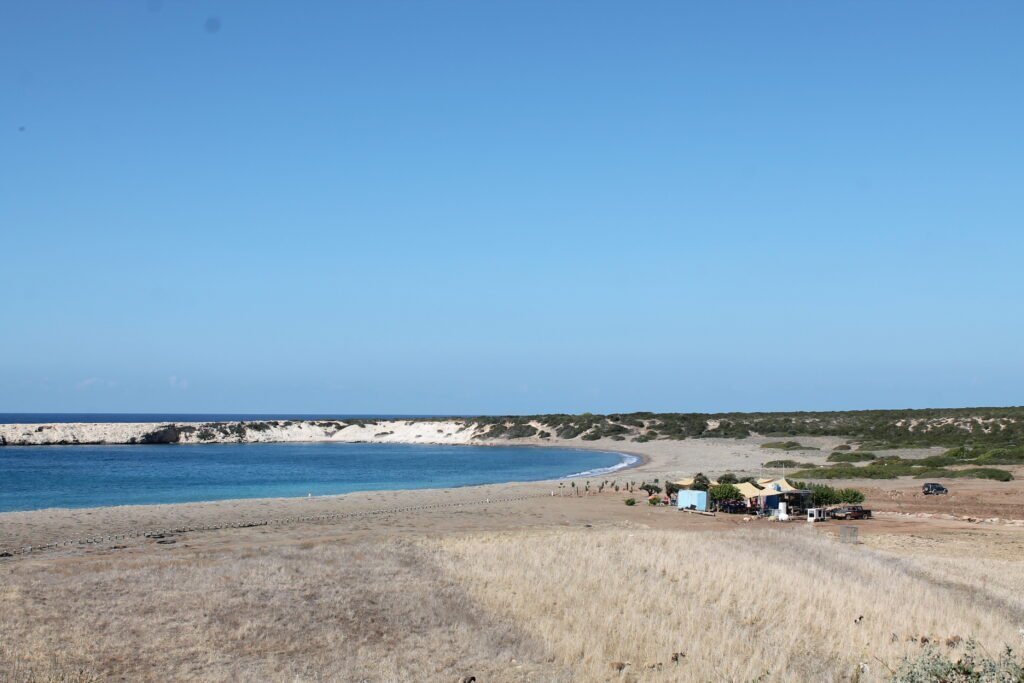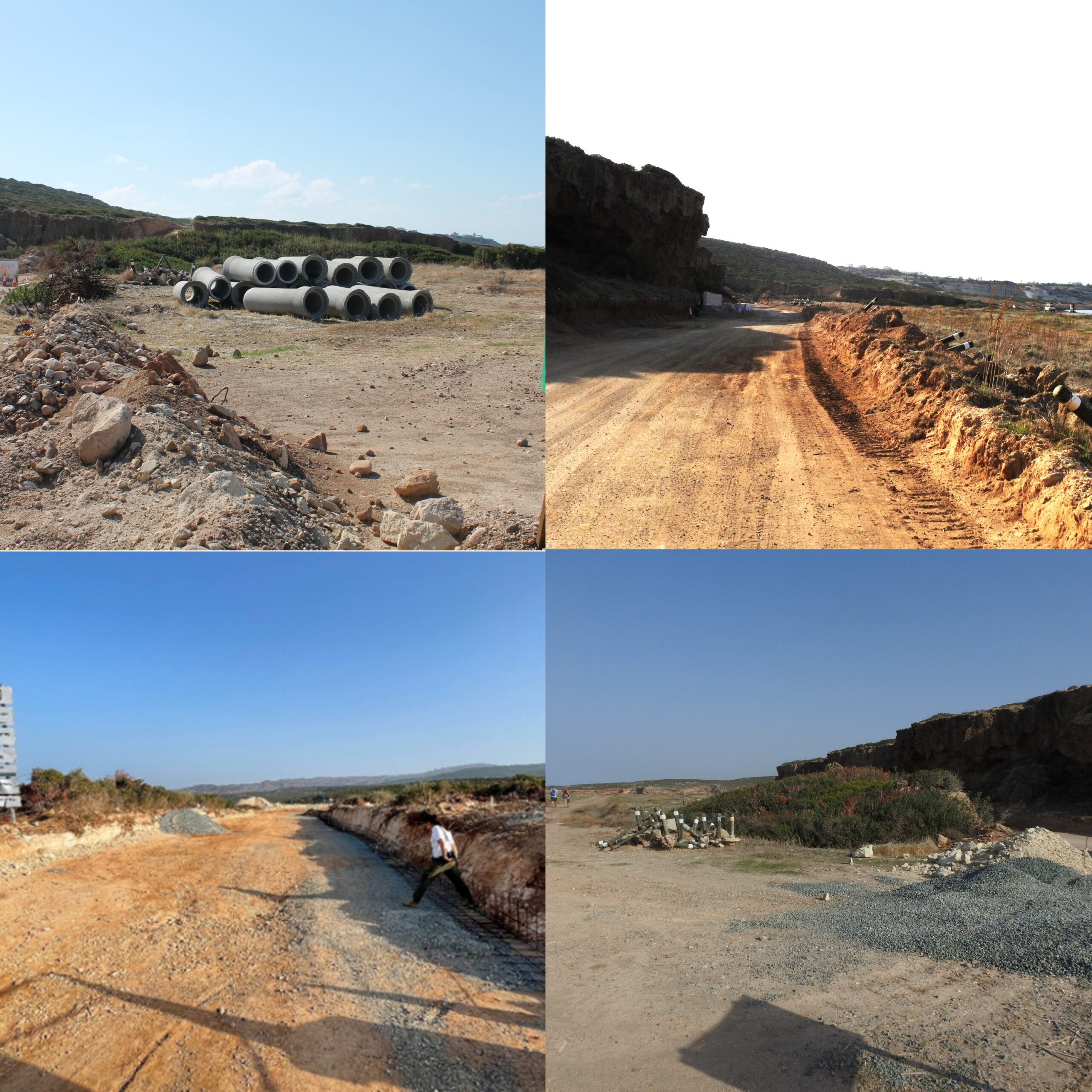The Sustainable Development Plan for the Akamas National Forest Park has commenced, raising significant concerns among environmental organizations.
Terra Cypria – The Cyprus Environmental Protection Foundation and BirdLife Cyprus report the non-compliance with the legally binding conditions of the Environmental Impact Assessment (EIA) and the Environmental Impact Assessment Strategic Environmental Assessment (SEA) for the Sustainable Development Plan of the Akamas National Forest Park (ANFP) . Violations of EIA terms were identified during our on-site visit on October 24, 2023, where irregularities were observed, raising substantial concerns regarding the implementation and outcome of the Plan.
It is notable that a fundamental precondition before commencing any work on the Sustainable Development Plan for ANFP Akamas was the removal of all illegal structures. Not only have these not been removed, but they continue to operate, burdening the area.
The initial phase of the ANFP Sustainable Development Plan involves road improvement projects on the main road network, from the entrance of Akamas to Aspro Potamo, extending to Lara, including the road leading to the Avakas Gorge. In several sections of these roads, expansions, which far exceeded the stipulated width, as defined by the legally binding terms of the EIA, were documented. For example, on the road above South Lara, wherein the road width was supposed to be limited to 5.5 meters, there are sections where the width reaches up to 11 meters. Therefore, the term of the SEA prohibiting changes to road layout, significant alterations to the topography, and widening beyond what is deemed necessary, while maintaining low width standards for short lengths, is violated.
We also observed that several other terms of the SEA from the Environmental Authority were violated. Namely:
“Continuous supervision by experienced engineering and forestry personnel”: We did not observe any forestry personnel during our on-site investigation.
“The delineation of the total road width, examination, and execution of pruning where possible by the project manager to minimize vegetation clearance”: Intensive vegetation clearance was observed primarily due to the inaccurate, extensive, and indiscriminate widening of existing roads.
“Prohibition of machine parking or material storage outside the roadbed, which would only be allowed under exceptional circumstances and with permission”: Tools and machinery were observed at various points and in undisturbed areas.
“No quantity of excavations shall be disposed of on undisturbed ground. Excavations shall be stored temporarily for reuse or disposed of according to the Legislation outside the Park”: Large quantities of excavations were observed on undisturbed ground at various points.
Furthermore, in light of the road network improvements, the barriers preventing motor vehicles from entering the highly sensitive Toxeftra beach were removed. This allows unrestricted entry (primarily four-wheel-drive and safari vehicles) into the sensitive areas of Lara and Toxeftra while there is inadequate supervision, threatening and degrading both the habitats and the topography of the area.Concurrently, road network improvements are taking place without the operation of any visitor management system within the park. Consequently, as accessibility to the park increases due to the improved road network, the pressure on highly sensitive receptors, such as the Lara and Toxeftra areas, is inevitably increased without an effective visitor management system in place.
Based on the above, we call on the relevant authorities to take immediate action to cease the works of the Sustainable Development Plan for Akamas until the compliance with the legally binding conditions of the EIA is investigated. If necessary, corrective measures should be taken to prevent further negative interventions, impacts, and alterations in the area.
